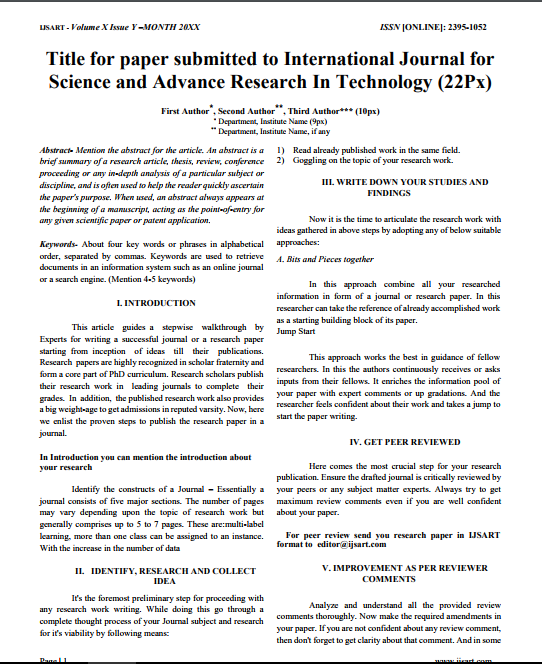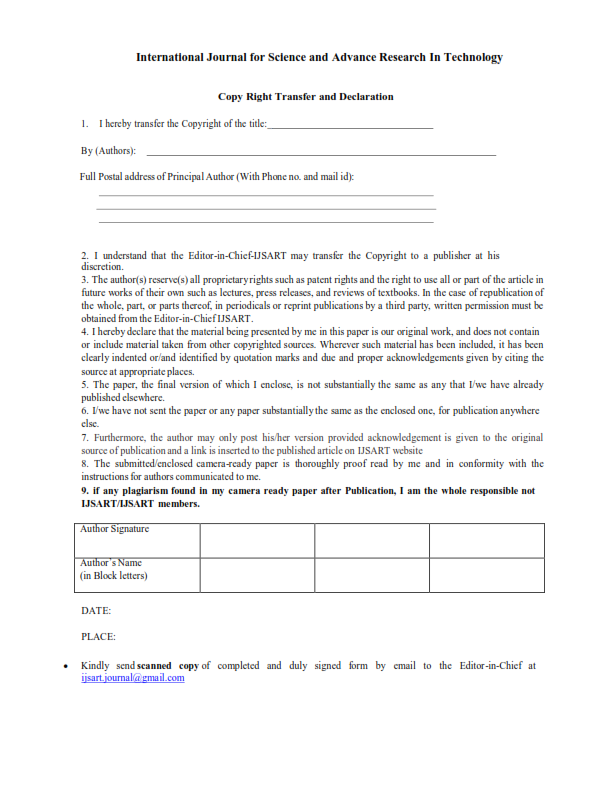Optimized Image Classification Based on Universal Image Distance and Support Vector Machines |
Author(s): |
| Nandita Chasta |
Keywords: |
| Universal Image Distance, LZ Complexity, Machine Learning, Support Vector Machines |
Abstract |
|
Image Classification of remotely sensed images is one of the most important field of research in computer engineering. Image classification techniques are being used in object recognition, quality control and OCR systems. Many of the machine vision systems used in industrial applications employ well known image processing algorithms to discriminate between good and bad parts. Algorithms such as thresholding, blob analysis and edge detection, for example, can be found in every machine vision software vendor’s toolbox since they can be used in numerous applications to solve a relatively large number of imaging tasks. Image classification may be performed using supervised, unsupervised or semi-supervised learning techniques. In supervised learning, the system is presented with numerous examples of images that must be manually labeled. Using this training data, a learned model is then generated and used to predict the features of unknown images. Such traditional supervised learning techniques can use either generative or discriminative models to perform this task. In this dissertation, UID techniques are used in an optimized manner to represent an image in the form of a vector in finite dimensions. The distance between this representation and that of a prototype image is computed to find the similarity score between the images. This mating score can be used to train any machine learning system under supervised or unsupervised environment. In this dissertation, an SVM based classifier is trained using feature vectors to train a classifier in a supervised environment. The precision and accuracy of the machine is computed over the benchmark techniques of image classification. The overall performance of the proposed methods is evaluated using R simulator in terms of precision, recall and kappa measure. Simulation results establish the validity and efficiency of the approach. |
Other Details |
|
Paper ID: IJSARTV Published in: Volume : 7, Issue : 1 Publication Date: 1/6/2021 |
Article Preview |
|
Download Article |


